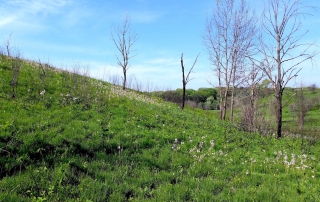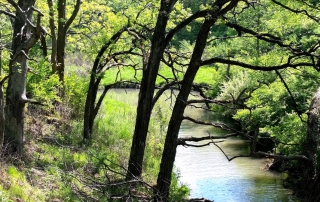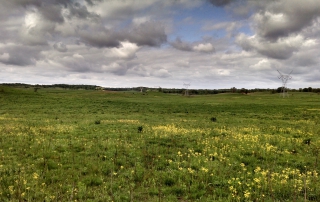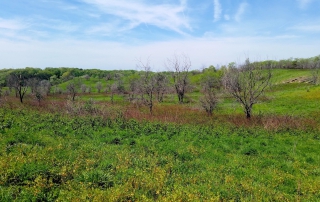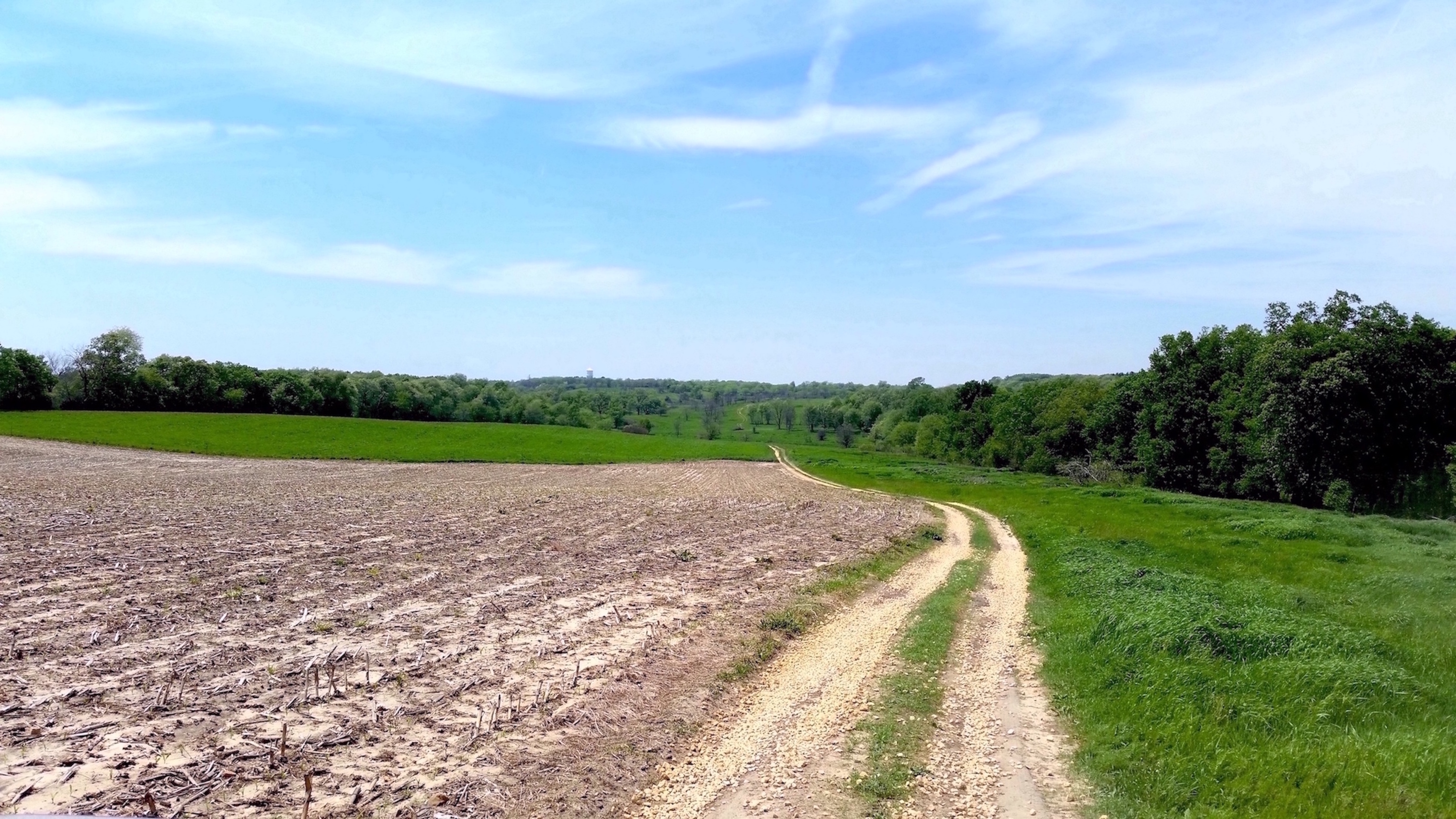
After a three and a half hour drive with a two car caravan packed with basically the entire lab of equipment and people we arrived at Nachusa Grasslands to this beautiful sight!
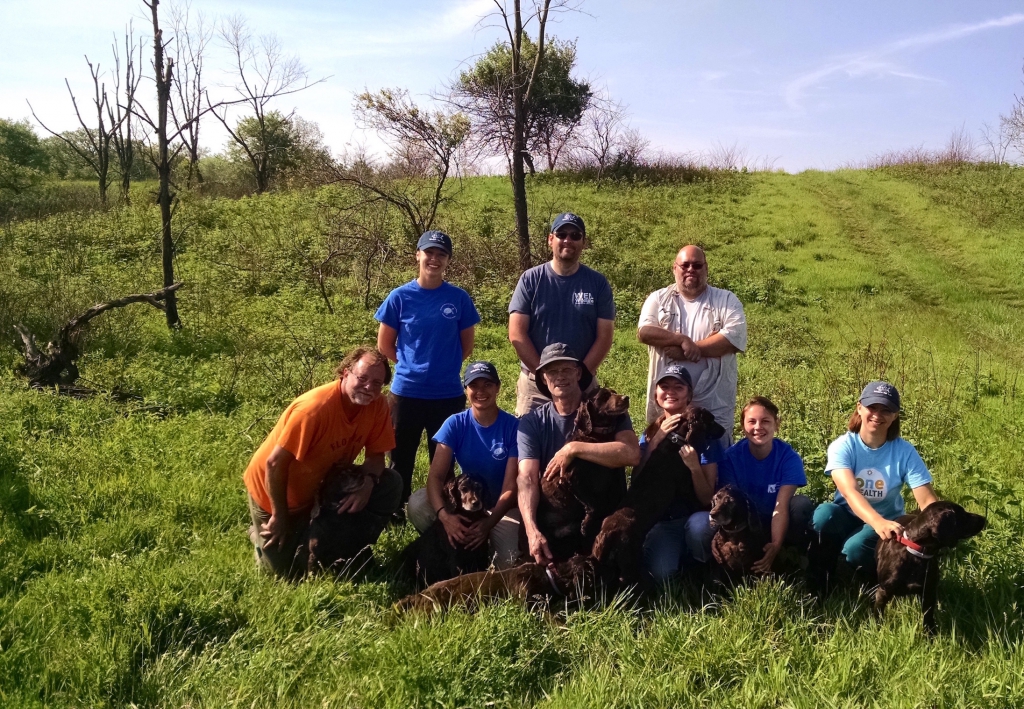
Here was the crew for the week:
From W.E.L.: Dr. Allender, Dr. Laura, Samantha, Kelsey, Marta
From the Illinois Natural History Survey: Dr. Phillips, Dr. Dreslik, Dr. Baker
and most importantly…
John Rucker and the Turtle Dogs!
Nachusa Grassland preserve is a 4,000 acre prairie, woodland, and wetland preserve that is part of The Nature Conservancy. They are working to restore the grassland habitat in Illinois through the management of invasive species and repair of ecosystems.
One of their most notable projects is the reintroduction of the American Bison that began with a herd of 30 bison in 2014 and has now reached 89 animals!
Check out their feature in the Chicago Tribune!
There are plenty of hiking trails around the preserve to enjoy the beautiful landscape but the bison are fenced away from visitors for safety, only visible from the Visitor Center and the road. You can’t really miss these signs posted on every fence surrounding the 1,500 acres reserved for the bison!
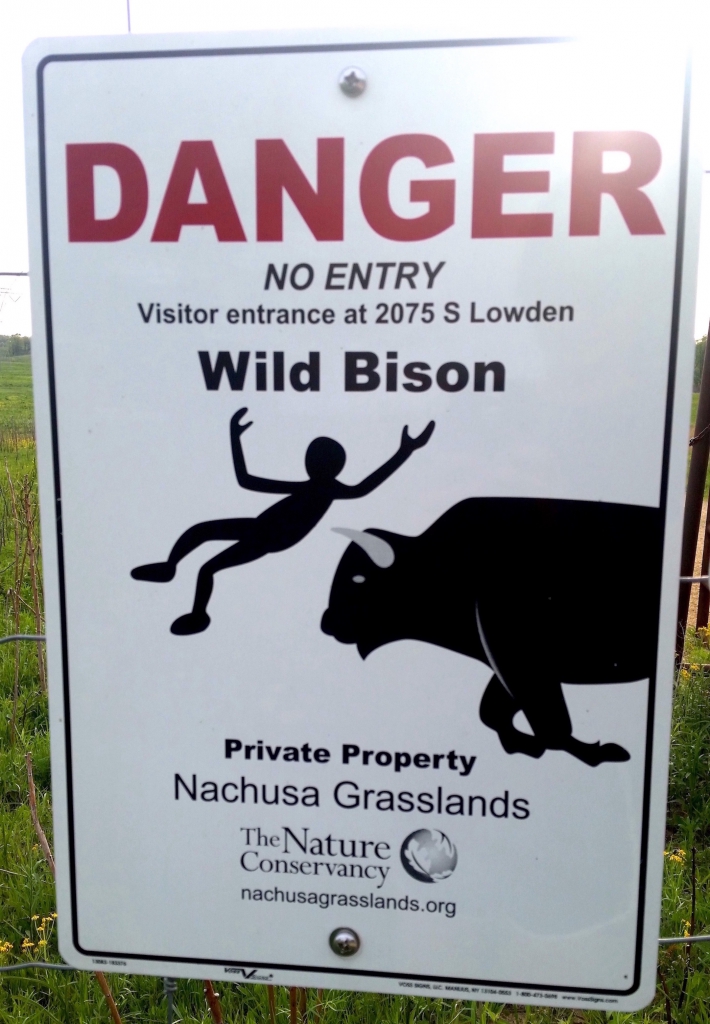
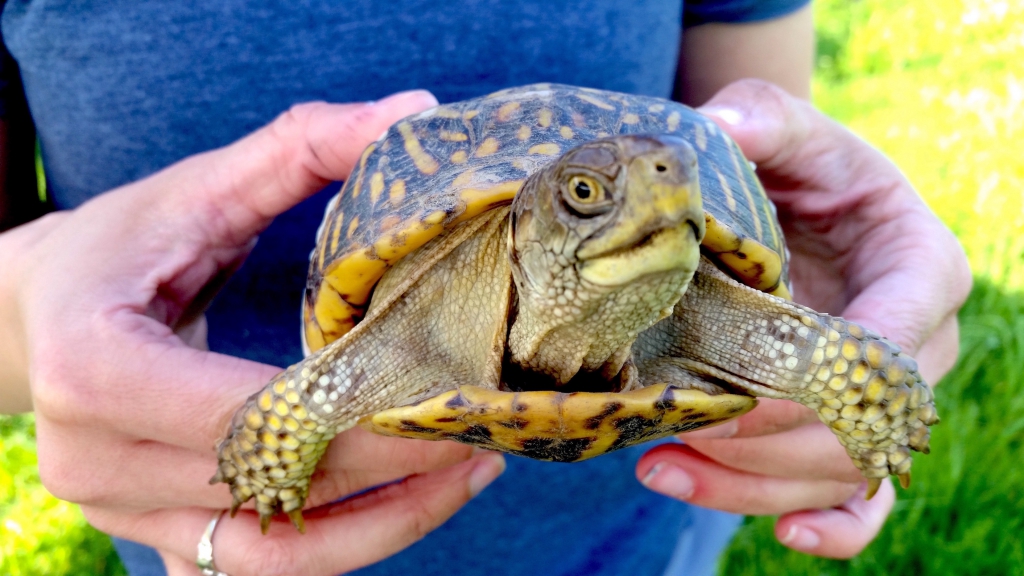
Bison are grazers that allow for the growth of native plants and hopefully a growth in prairie biodiversity. One of the species that roams between the legs of these massive herbivores are ornate box turtles!
Ornate box turtles (Terrapene ornata) are listed as endangered in Illinois by the IUCN Red List. They are threatened due to trapping, poor survival of hatchlings, and road fatalities.
W.E.L. looks at the individual turtles as well as the population as a whole in Nachusa to assess the health of the turtles. They are markers of the health of the ecosystem because of their sensitivity to environmental pollution and imbalance of biodiversity. Even though they are very hardy animals, toxins in the water from pollution and an increase in mesopredators such as raccoons are making it difficult for turtles to survive.
W.E.L. is working with the caretakers of Nachusa Grasslands and other biologists to understand the health of turtles, what factors cause them to be ill, and how we can improve our conservation efforts to help restore their population.

